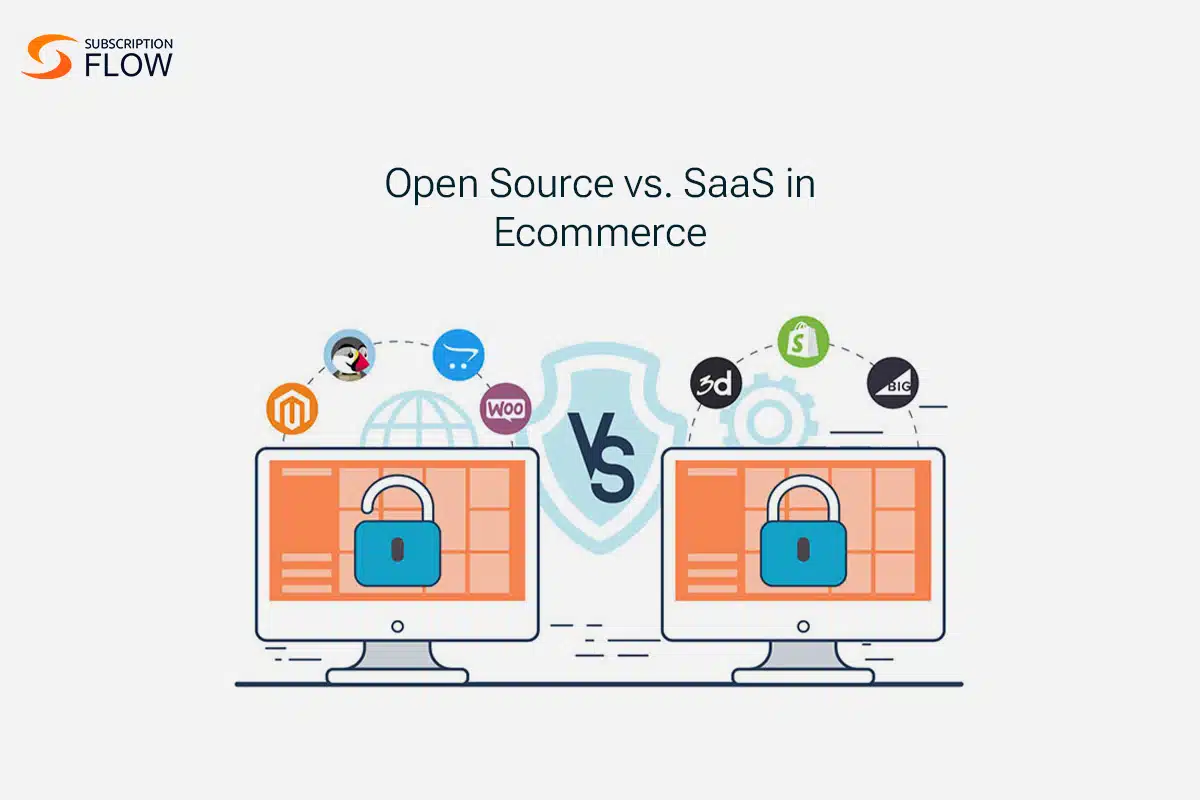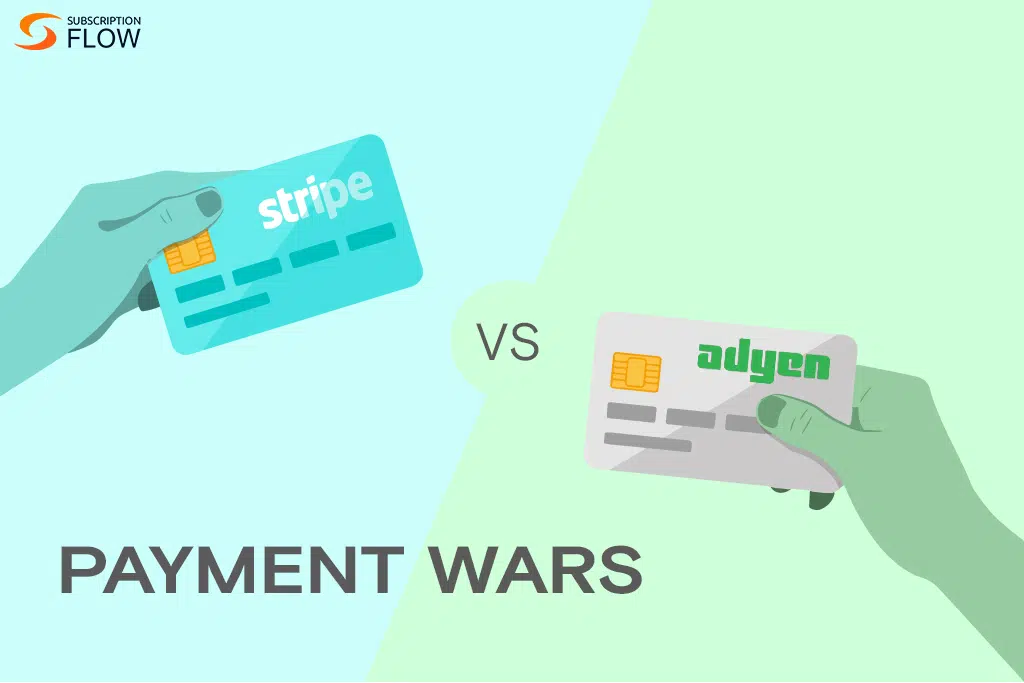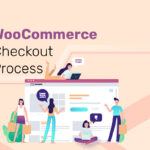
Open Source vs. SaaS Ecommerce: A Comparison
It is true eCommerce business market is saturated enough. One needs to keep working to retain existing customers and onboard more. However, it greatly depends on the choice of the system that is used to run the eCommerce setup.
So, often, there are long debates on open source vs SaaS eCommerce. In this article, we will take you into details of this debate.
What is Open Source eCommerce?
Online business platforms that allow users to freely view, change, and share software due to their publicly accessible source code are referred to as open-source eCommerce platforms. This indicates that the technology supporting the online store is transparent and adaptable in the context of e-commerce. Open source e-commerce platform providers give their merchants the ability to customise features, design elements, and capabilities to meet their unique requirements. Well-known open-source eCommerce systems give companies total control over their online presence, including back-end operations and user interface. This transparency encourages a cooperative developer community that enhances and innovates the platform, making it a flexible and dynamic option for companies looking for a high level of flexibility.
Examples of Open-Source eCommerce Platforms
Magento and WooCommerce are the top open-source eCommerce platforms that allow retailers to opt for these platforms to set up their e-stores and use them accordingly.
What Are SaaS eCommerce Solutions?
SaaS (Software as a Service) e-commerce solutions are cloud-based platforms that provide businesses with a comprehensive and hosted software solution for managing their online stores. The main point of difference between open-source eCommerce is that SaaS eCommerce platforms offer subscriptions. Here, it is more like charging monthly fees for SaaS services and products. Today, subscriptions are the top billing model among e-commerce retailers. SaaS eCommerce platforms are opted for by businesses because they do not need to put in extra effort to reinvent the wheel.
Examples of SaaS eCommerce Platforms
Some of the top SaaS platforms that are preferred by numerous eCommerce retailers include Shopify, BigCommerce, and Squarespace.
Key Considerations for Decision-Making
Coming towards what needs to be considered when you are considering SaaS vs open-source eCommerce, here are the key points on which one must think:
Cost Comparison
It is usually thought that open-source platforms are cost-saving options. So, many startups and small companies make them part of their plans. Anyone can download the open-source eCommerce platform and use it. However, it has to be kept in mind that one needs to pay for hosting, development, customizations, security and compliance, integrations and maintenance. So, collectively, it will cost a lot. Thinking open-source eCommerce platforms are a cheaper option is wrong. You will have to spend money to craft a platform for your e-store.
On the flip side, when it comes to SaaS eCommerce platforms like Shopify etc. the user must pay the subscription charges for using the SaaS platforms. However, subscription plans can be monthly or yearly. Enterprise-level eCommerce businesses usually opt for yearly subscription plans. Your SaaS provider manages all aspects of e-commerce functionality, including product updates, security, hosting, and PCI compliance. And that’s the very reason for the popularity of SaaS eCommerce platforms.
Installation of the Platforms
While open-source software may be free to install, the establishment and administration of your online store entail additional expenses. Conversely, SaaS providers typically provide a free trial, enabling users to assess the platform before committing to the paid version. Once your site is configured, the need to start anew is alleviated, as the platform provider manages various backend processes on your behalf.
Customization Options
Every business, when opting for any software, always looks for customization options so that the software will represent that specific business. In the case of open source vs SaaS eCommerce, the open source platforms offer more flexible options for customization. From product pages to themes, and from themes to checkout experiences, one can customize everything as per business needs and requirements.
On the other hand, customization options are limited when you opt for SaaS eCommerce platforms. The reason is obvious, the source code for the platform is not in your control rather a team of expert developers of the company that offers SaaS services control it.
Final Words
Now that SaaS vs eCommerce is clear, it is time to make the decision. Again, it will depend on your business needs and requirements, budget, and resources. Although open-source e-commerce allows for unmatched customization and control, it requires constant maintenance and technical know-how. On the other hand, SaaS platforms offer a hosted, user-friendly experience at a lower initial cost, but at the expense of some flexibility. Still, deciding which option to choose—open source’s collaborative, community-driven innovation or SaaS’s ease of use—requires a strategic assessment of aspects including customization, security, ownership costs, and scalability.
SubscriptionFlow can offer integration with SaaS eCommerce platforms like Shopify, BigCommerce, and Squarespace. Even if you need to integrate Magento and WooCommerce, SubscriptionFlow experts can do that for you. Even, there are certain payment gateways with which there are no plugins of SaaS eCommerce platforms. For instance, Paystack is one such payment gateway for which there is no Shopify plugin, SubscriptionFlow is the first subscription management platform catering to the needs of those who need a plugin for Shopify Paystack integration. Contact us to find diverse options for your eCommerce business.









